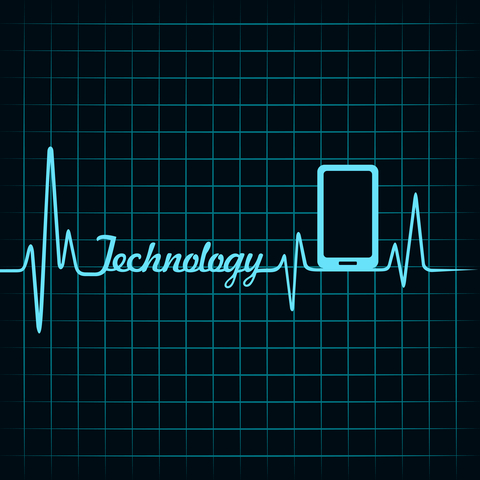
“It used be the wild west in the beginning,” a friend and recently retired medical technology sales leader said when he described the early days of selling medical technologies. He discussed his experience selling a technology for a new procedure. This was about 20 years ago, and the physicians were just learning the procedure. Physicians relied heavily on the salesperson for support.
“We’d bring product in and ask for the PO, the physician would tell purchasing to get it done,” the sales leader explained. There really was no discussion of price, value or alternatives.
Today, this story would make any self-respecting procurement person cringe. It’s an embarrassing way for a 21st century procurement organization to handle purchasing and supplier management. Yet, the story highlights the lack of purchasing sophistication that existed at the time and some of the physician-hospital dynamics that were at play.
In most parts of the world, the selling model described above has gone away. While it may seem like selling has gotten tougher for many in medtech sales, we are only at the beginning of a cycle of significant change in procurement sophistication and buying behavior. Many forces are driving this change.
Does this mean the end of the medtech sales professional? Or is it a new beginning?
Forces Accelerating the Shift in Buying Behavior
Healthcare reform, along with a number of other forces, has forever changed the customer buying process and buying behavior. We are, however, only at the beginning of a cycle of substantial change in buying practices and behaviors. The following forces and trends will continue to reshape how medical technologies are purchased and utilized:
1. Changing Supply Ecosystem: With more than $300 billion in global medical devices and diagnostic spending every year, an entire ecosystem of businesses are emerging to help providers reduce spending and make smarter buying decisions. Investors continue to pour money into new start-ups that are focused on driving costs out and bringing value into healthcare purchasing.
2. Unbundling: Unbundling is a trend that has come to many industries. If you’ve purchased a song from iTunes, you’ve seen unbundling at work. In B2B markets, sophisticated buyers typically drive the “unbundling” of an offering. These buyers realize that bundles of related, but different components of an offering can hide cost-reduction opportunities. In medtech, the “rep-less” sales model is a form of unbundling that is emerging and is likely to grow.
3. Accelerating Focus on Value and Aligning Incentives: The continued evolution and spread of new payment models and pay-for-performance reimbursement schemes will force providers change how they evaluate and manage suppliers. This, along with physician employment trends and aligned incentives, makes for a big change in buying behaviors.
4. Maturing Procurement Capabilities: While the healthcare industry is behind other industries in procurement practices, providers are growing more sophisticated. Expect this to continue as cost pressures accelerate, value-analysis committees gain more power, and cloud-based procurement tools improve procurement’s ability to extract value from suppliers.
5. Consolidation and Hospital Self-Contacting: Hospital consolidation is providing purchasing leverage, and the need for greater flexibility, speed, and value from sourcing is driving the movement to self-contracting. Researchers at Wharton estimate that U.S. hospital purchases routed through national GPOs has declined from 70.6 percent in 2005 to 55.9 percent 2014.
6. Performance-Based Contracting: Tying vendor payment to the outcomes achieved is a more advanced practice in other industries. Recent research indicates that almost 25 percent of medtech executives expect that 50 percent or more of their revenue will be tied to performance-based contracts in the future.
7. Transparency: Many existing and new businesses are using technology and the Internet to increase transparency. In a recent study, about 50 percent of medtech executives expect that price and value transparency will create significant customer issues and price erosion.
Is This the End or a New Beginning?
While the clinical support infrastructure and models that manufacturers currently have will evolve and be forced to become much more efficient, the need for skilled salespeople won’t go away. In fact, it’s easy to argue that there’s a need for a much more highly skilled supplier representative in this new market. A person is needed with the ability to:
· Connect the dots between the customer’s clinical/business problem and the supplier’s solution
· Translate their solution into the financial and strategic impact on the customer’s business
· Deal with all of the complexities of different reimbursement schemes, pay-for-performance programs, and customer business models
· Engage with profession buying organizations in a savvy and confident way
· Drive a collaborative and strategic buyer-seller relationships with the customer
We are in the beginning of the cycle of a profound shift and change in customer procurement practices and utilization decisions. Rather than the end of the medtech salesman, this may be an exciting new beginning for those with the skills to make the transition.
Chris Provines is an author, speaker and CEO of Value Vantage Partners. Read his blog at http://chrisprovines.com/blog/.
Medical Device & Diagnostic Trainers Summit Featured Speaker
Author and business advisor Chris Provines will be a featured speaker at the annual LTEN Medical Device & Diagnostics Trainers Summit, to be held Oct. 6-7, 2015, in Chicago, IL. For more information, visit http://mddtrainerssummit.com/.








